#1520-1529 - Stuff from the Dryandra Woodlands
#1520 - Fam. Ichneumonidae Tribe Phygadeuontini
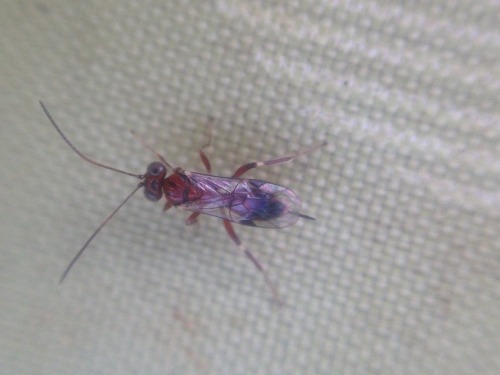
Under 10mm, shaken out of psyllid-infested eucalypt out at the Dryandra Woodlands.
The Phygadeuontini is part of the Cryptinae subfamily of the Ichneumonid wasps, but Wikipedia claims that there’s 18 genera and 12 described species in Phygadeuontini. I’m sure you can see the problem there. There’s at least 270 in the genus Gelis alone.
I don’t have any information on the tribe in general, but all the ones I’ve been able to track down are parasites of other wasps and sawflies. In fact, both Lysibia nana and Gelis agilis are pupal hyperparasitoids of the Braconid wasp Cotesia glomerata. Cotesia is a parasite of the Cabbage White butterflies, and all three wasps use the same chemical clues to find a host - the alarm chemicals produced by the plant the caterpillar is eating. The hyperparasites show up looking for the wasp the cabbage was hoping for.
#1521 - Thynnine Wasp

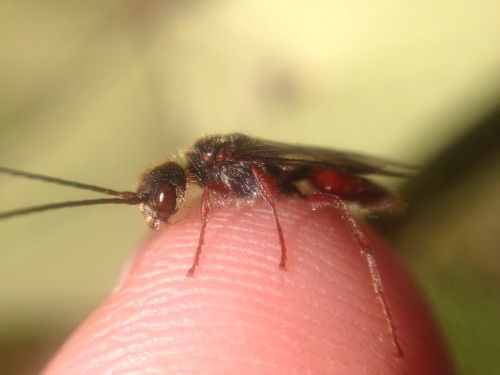
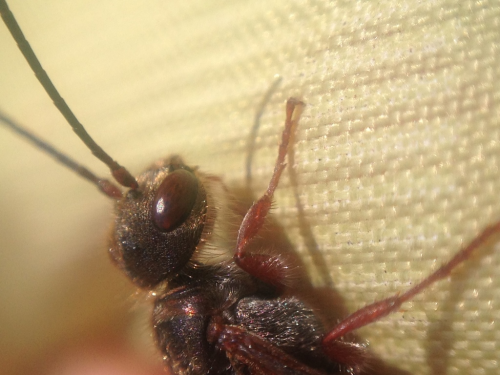
Or perhaps Thynnid - these wasps used to be part of the Tiphiid family, but more recent work has elevated them to a full family, at least in some sources. I’m sticking with the Atlas of Living Australia for now, although given that recently did a merger with iNaturalist, then people will need to think about which classification is current (marine molluscs are going to be a nightmare).
Thynnids are almost all parasitoids of beetle larvae, and have wingless females that the male carries around while in flight. I have no idea which genus this one is, but whichever it is is surely famous for their enormous golden muttonchop beards.
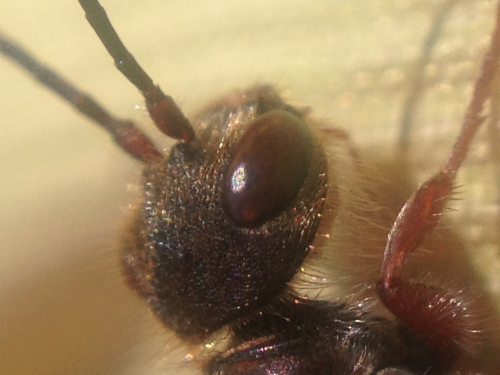
#1522 - Fam. Therevidae - Stiletto Fly
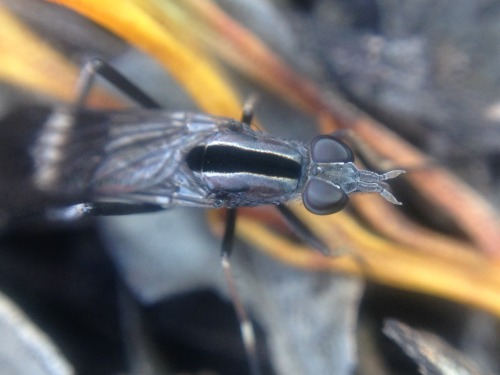
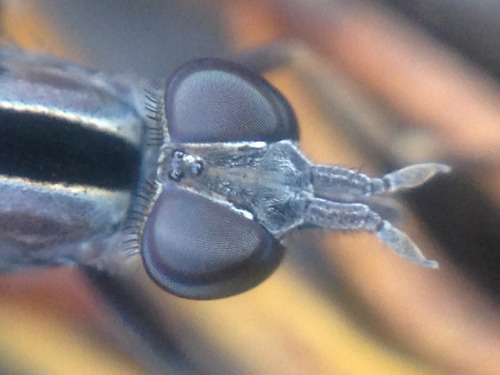
A very dapper but undescribed genus, that I found strolling across the fallen bark in a Eucalyptus astringens plantation out at the Dryandra Woodlands in the WA Wheatbelt.
My running commentary as I crawled after it - “What the fuck is that? The hell? What IS that?”. Therevids have very odd antennae for flies.
Stiletto Fly larvae are wormlike predators that live in dry soils and leaf litter, hunting other invertebrates. According to Christine Lambkin, Australia’s expert in Stiletto Flies who IDed this one as an undescribed species, this one is probably freshly emerged as an adult.
#1523 - Fam. Hybotidae - Dance Fly
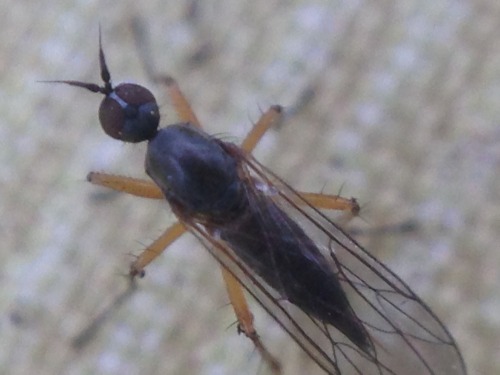
Another curious fly from the Dryandra Woodlands, with a nearly spherical head. I don’t know which genus this one is, but Tony Eales tells me it’s in the Subfamily Ocydromiinae, and seems close to Scelolobes.
The flies in this family used to be in the family Empididae, the Balloon Flies, but more recently got split off into their own group. The Hybotids got their common name from the hunting habits of some genera - they run around the bark of trees in complex patterns.
#1524 - Horn Lerps - Creiis sp.
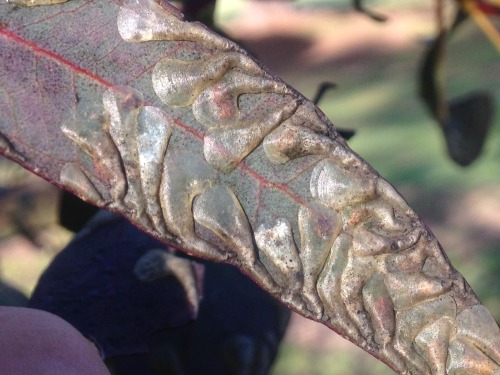
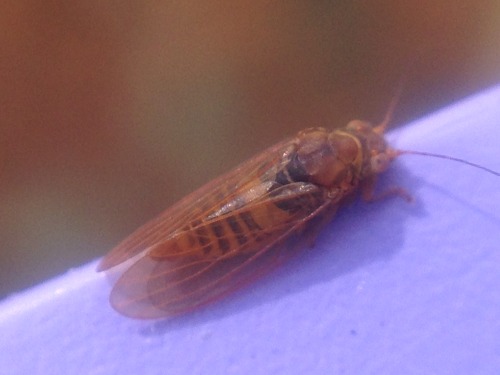
The eucalypts out at the Dryandra Woodlands were absolutely INFESTED with Jumping Plant Lice, and most of them were in the genus Creiis as far as I can tell. Of all the insects I was collecting over the weekend, Psyllids outnumbered anything else about 100-to-1.
Psyllids nymphs build shelters from excreted sugar, called Lerps, and the shape of the lerp is specific to genus. The horn-shaped ones here are among the least elaborate, but are large for a psyllid.
The plague of lerps isn’t a new thing - I’ve found reports of other population explosions at Foxes Lair and other parts of Western Australia, and it’s most likely related to the stress the trees are under. Combined with drought, a psyllid infestation can be enough to kill a tree.
One species of Psyllid, Diaphorina citri, is a serious threat to citrus crops outside Asia, because it is a vector of Citrus Greening Disease.
#1525 - Fam. Tingidae - Lace Bug
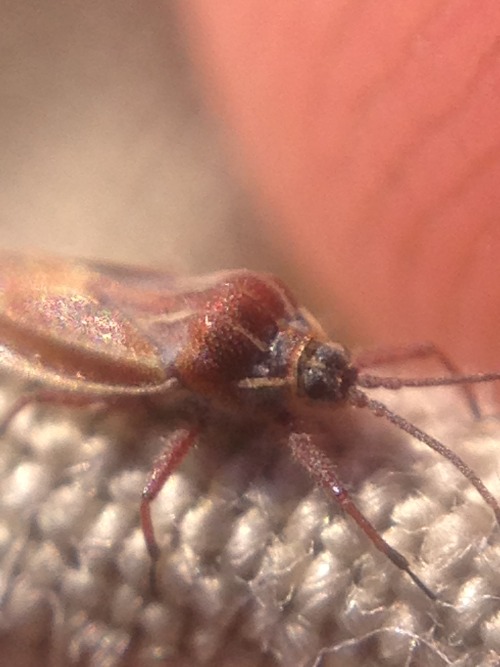
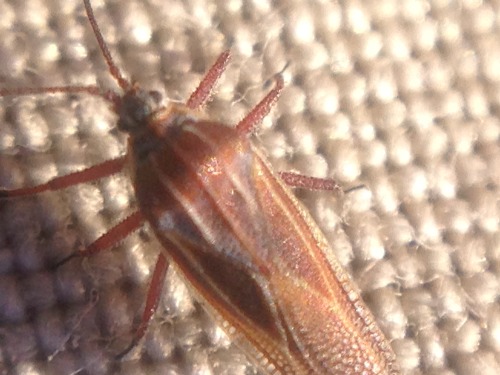
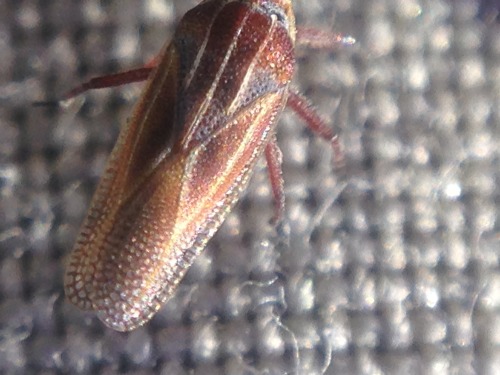
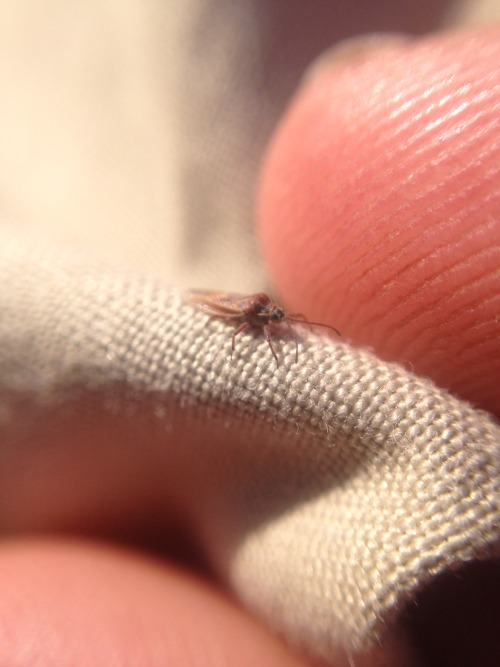
Another find out at Dryandra.
Tingids are a family of about 2000 species, of mostly very small true bugs with intricate wings. This particular one seems closest to the She-oak Lace Bugs of the genus Epimixia. But there’s a lot of similar genera in Australia.
A few species are pests - the Sycamore lace bug Corythucha ciliata is a North American that’s currently working its way through the Plane Trees growing here in Australia, but since the trees aren’t native, it’s not clear why we should care. The Eggplant Lace Bug Gargaphia solani is a pest of tomatoes, potatoes and eggplants in North America and Mexico, and is one of the bug species that exhibits maternal care of the eggs. The protection provided by having the mother standing guard is so useful that other lace bugs will try to lay their own eggs nearby.
#1526 - Coranus sp. - Grey Assassin Bug
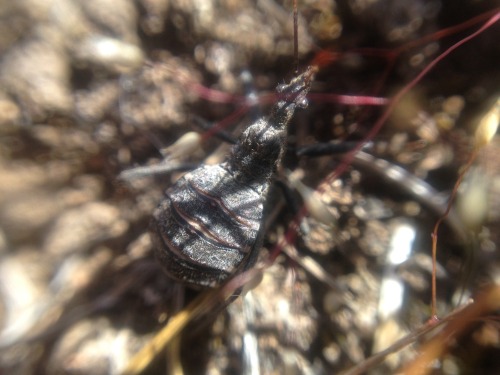
Found hurrying around the moss and Resurrection Plants on top of Yilliminning Rock, east of Narrogin, in the WA Wheatbelt. The same species was showing up in some of the more coastal areas too, that week.
Coranus sp. Assassin Bugs tend to be dark grey in colour, and the nymphs, like this one, unusually rotund.
#1527 - Goniinine Tachinid
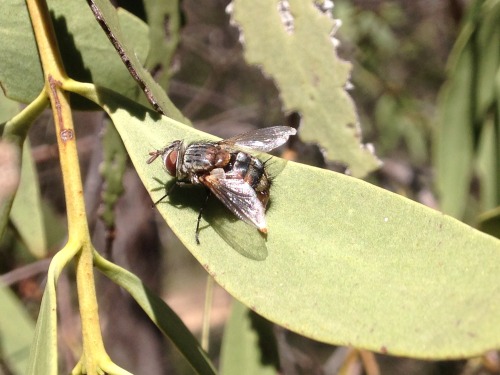
On a Bitter Quandong at the foot of Yilliminning Rock. A large subfamily of Tachinid flies, with many similar-looking genera to this one. Usually parasitoids of lepidopteran larvae, but some also target beetle grubs and grasshoppers.
#1528 - Lemidia sp. - Orange-necked Clerid
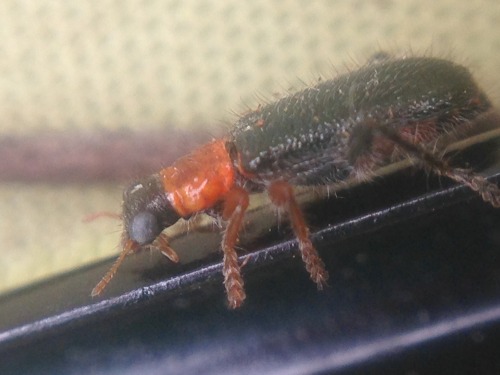
Shaken out of a bush in the Eucalyptus astringens plantations at Dryandra.
I don’t know if this genus has a particular diet, but the Clerids include many species that lurk around flowers, eating visiting insects and pollen. Bark beetles is another common food for beetles of this family, with adult Clerids hunting adult beetles, and the larvae hunting wooding and bark beetle grubs. A few are found on carrion, after most of the corpse has dried out. Others are nest-robbers, feeding on termite, bee, and wasp larvae, and scavenging in the dead, and one species is known to feed on grasshopper egg masses.
#1529 - Blackburniella intricata
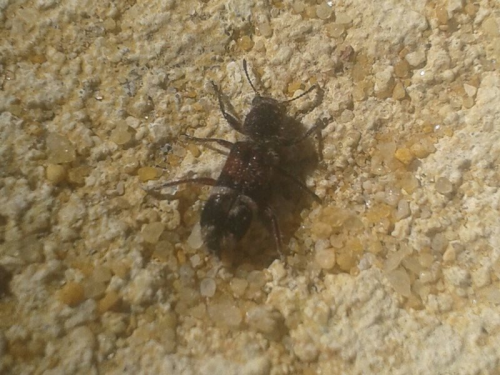
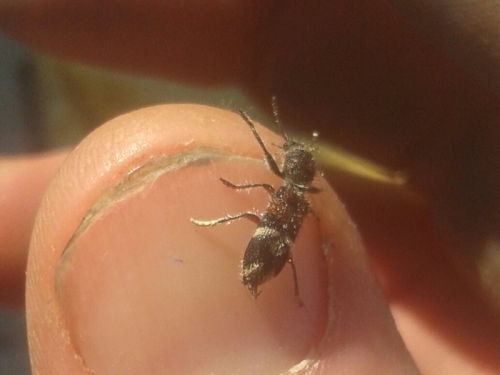
A small predatory beetle found in Victoria and SW Australia. This one was in Lakelands, south of Perth, but I’ve found it elsewhere too.